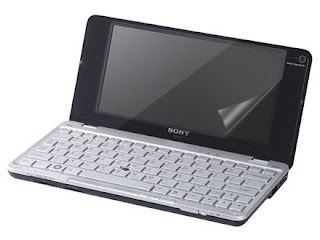 INTRODUCTION:
INTRODUCTION:
Computer network is interconnection between computers through electronic circuits and wireless transmissions of various designs and technologies for the purpose of exchanging data or communicating information's between them or their users. Networks may be classified according to a wide variety of characteristics.
A computer network allows sharing of resources and information among devices connected to the network. The Advanced Researcher Project Agency (ARPA) funded the design of the advanced Research Department of Defense. It was the first operational computernetwork in the world. Development of network began in 1969, based in the designs developed during the 1960s.
PURPOSE:
1) Facilitating communications. Using a network, people can communicate efficiently and easily via e-mail, instant messaging,chat rooms, telephony, videos telephone calls, and videoconferencing.
2) Sharing hardware. In a networked environment , each computer on a network can access and use hardware on the network. Suppose several personal computers on a network each require the use of laser printer. If the personal computer and a laser printer are connected to a network, each user can then access the laser printer on the network, as they need it.
3) Sharing files, data, and information. In network environment, any authorized user can access data and information stored on others computer on the network. The capability of providing access to data and information on shared storage devices is an important feature of many networks.
4) Sharing software. Users connected to a network can access application programs on the network.
CONNECTION METHOD:
Computer networks can be classified according to the hardware and software technologies that is used to interconnect the individual devices in thenetwork, such as optical fiber, Ethernet, Wireless LAN, Home PNA, Power line communication.
Ethernet uses physical wiring to connect devices. Frequently deployed devices include hubs, switches, bridges and routers. Wireless LAN technology is designed to connect devices without wiring. These devices use radio waves or infrared signals as transmission medium. ITU-TG technology uses existing home wiring(coaxial cable, phone line and power lines) to create a high-speed (up to 1 Gigabyte/s ) local area network.
NETWORK CLASSIFICATION
1) WIRED TECHNOLOGIES
2) WIRELESS TECHNOLOGIES
1) WIRED TECHNOLOGIES:
* Twisted-pair wire the most widely used medium for telecommunication. Twisted-pair wire ordinary telephone wires which consist of two insulated copper wires twisted into pairs and are used for both voice and data transmission.
* Coaxial cable is widely used for cable television systems, office buildings, and other work sites for local area networks. The cable consists of copper or aluminum wire wrapped with insulating layer typically of a flexible material with a high dielectric constant, all of which surrounds by a conductivity layer.
* Fiber optical cable consists of one or more filaments of glass fiber wrapped in protective layer. It transmits light which can travel over extended distances without fiber optical cables. Transmission speed may reach trillions of bits per second. The transmission speed of fiber optical is hundred of times faster than coaxial cables and thousand of times faster than twisted pair wire.
2) WIRELESS TECHNOLOGIES:
* Terrestrial microwaves use Earth based transmitter and receiver. The equipment look similar to satellite dishes. Terrestrial microwave uses low gigahertz range which limits all communications to line of sight. Path between relay stations spaced approx 30miles apart.
* Communications Satellites uses microwave radio as their telecommunications medium which are not deflected by Earth's atmosphere. The satellites are stationed in space, typically 22,00 miles above equator.
* The wireless Web refers to the use of World Wide Web through equipments like cellular phones, pagers, PDAs, and other portable communication devices.




















